Photographs: Vivek Prakash/Reuters Nupur Pavan Bang and Mallikarjun Gaddam
During early 2009, a mutual friend, Nicky, who is an expert on Value Investing, asked us to invest in the shares of Patni Computer Systems Limited.
Each of us bought 100 shares on his insistence. The share price of Patni was around Rs 97 on the day we traded. Today, the price of Patni shares are Rs 490 each and each one of us has made a cool profit of over 400 per cent in about two years.
Of course, we are grateful to our friend. But we are also very intrigued by the concept of value investing. We went back to Nicky with loads of questions.
...
Value investing and the margin of safety
Image: A broker monitors share prices at a brokerage firm in Mumbai.Photographs: Stringer/Reuters
Nicky: Value Investing is basically putting your money in stocks which are trading at prices lower than they are worth.
The important thing to keep in mind is that, the market may take a long time to realise the worth of the stock and hence you might have to wait for a long time before you can sell the stocks and realise the profits. During this period, you must not panic even if the stock price falls, as that would be a temporary phase.
Nupur: But how do you know which stocks fall in this category?
Nicky: The key is the balance sheet. Start looking for smaller companies, small-to-mid-cap, that are trading at a discount to their intrinsic values. These stocks are generally.
...
Value investing and the margin of safety
Image: A broker watches a TV news channel as another monitors share prices at a brokerage firm in Mumbai.Photographs: Danish Siddiqui/Reuters
Mallikarjun: But how do we know which stocks are trading at a discount to their intrinsic value?
Nicky: Let me take you through how I discovered that Patni was a 'value' investment. Patni had a market capitalisation of Rs 1,300 crore (Rs 13 billion) in February 2009, with almost zero debt. They had investments and cash worth Rs 1,177 crore (Rs 11.77 billion) and Rs 293 crore (Rs 2.93 billion) respectively. This alone translated to Rs 108 per share, 11 per cent more than its market price per share at that time.
Nupur: That is excellent from our investment perspective. But why was their stock price lower than Rs 108 then?
...
Value investing and the margin of safety
Image: Stock brokers engage in trading in Mumbai.Photographs: Arko Datta/Reuters
Nicky: That is because a lot of really good companies are often neglected and are out-of-favour with the investors due to their lack luster performance in a particular period. They are often a misunderstood group of companies.
Mallikarjun: So we must thank you for identifying Patni and believing in the company and its long-term potential.
Nicky: Actually Benjamin Graham would frown on me for asking you to make the investment at Rs 97.
We both looked at Nicky, perplexed by his last statement. We clearly thought that we bought at a great price!
...
Value investing and the margin of safety
Image: Stock broker looks at a terminal in Mumbai.Photographs: Arko Datta/Reuters
Nicky: Graham, the father of value investing, believed in a rule of thumb. He called it the "margin of safety". He would buy companies which traded at a minimum of 33 per cent discount on their Net-net working capital.
Mallikarjun: Net-net Working Capital?
Nicky: Yes. Graham calculated Net-net Working Capital as the difference between the Current Assets of a Company and its total liabilities (long term plus short term). Then he would take 67 per cent of this value to calculate the stock price at which he would want to buy the stock.
Adopting this method, Graham would buy the shares of Patni at Rs 90 only, calculated as per the balance sheet of Patni on December 31, 2008.
...
Value investing and the margin of safety
Image: A trader speaks on phones while trading at a stock brokerage in Mumbai.Photographs: Arko Datta/Reuters
Graham did this to avoid any risk of losing money. Intrinsic value is often very subjective, and depends on the assumptions of the person doing the calculation. In order to protect ourselves from the uncertainty of the true intrinsic value, the margin of safety should be large enough.
You must not feel that you took any unnecessary risk though. As in the case of Patni, the investments and cash made up for almost 65 per cent of the total assets. This means that the quality of assets that Patni had, was very high.
...
Value investing and the margin of safety
Image: A dealer reacts while trading at a stock brokerage firm in Kolkata.Photographs: Parth Sanyal/Reuters
In contrast, there are other stocks which might meet the margin of safety requirements as per Graham, but their assets might constitute more of inventory and debtors. Inventory might become obsolete and debtors might become bad debts.
Thus the quality of assets and the industry also needs to be considered before deciding if the stock is a 'value stock' or not.
Nupur: Your explanation does not mention earnings anywhere. Does it mean that earnings are not a consideration in value investing?
Nicky: No way am I stating that earnings are not relevant to value investing. Earnings reflect the efficient use of assets deployed, represented by asset turnover, inventory turnover ratios.
...
Value investing and the margin of safety
Image: Traders look at their computer screens while trading at a stock brokerage firm in Mumbai.Photographs: Rajesh Nirgude/Reuters
The analyses of these are important to know if the company has the potential to perform in the long term. Earnings and balance sheet figures together go a long way in ensuring that as investors we do not lose.
Nupur and Mallikarjun chuckle together: Well, as the sage of Omaha says: "The first rule is not to lose. The second rule is not to forget the first rule"!
Nupur Pavan Bang is a Senior Researcher at Centre for Investment, Indian School of Business, Hyderabad. Bang can be reached at Nupur_bang@isb.edu. Mallikarjun Gaddam is a Researcher - Value Investing, Indian School of Business, Hyderabad. Gaddam can be reached at mallikarjun_gaddam@isb.edu.
Both the authors are not associated with Patni Computer Systems Limited in anyway.

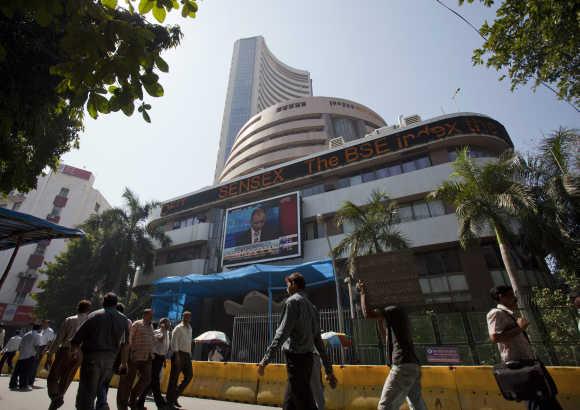
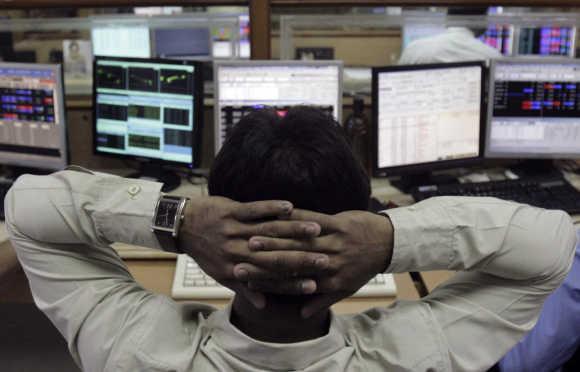
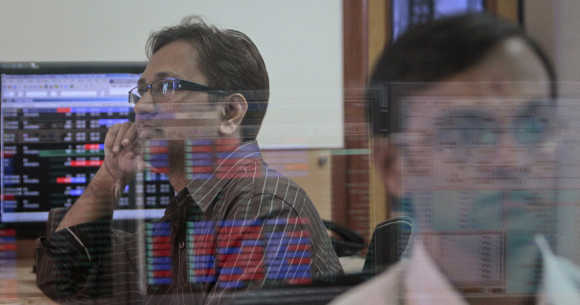
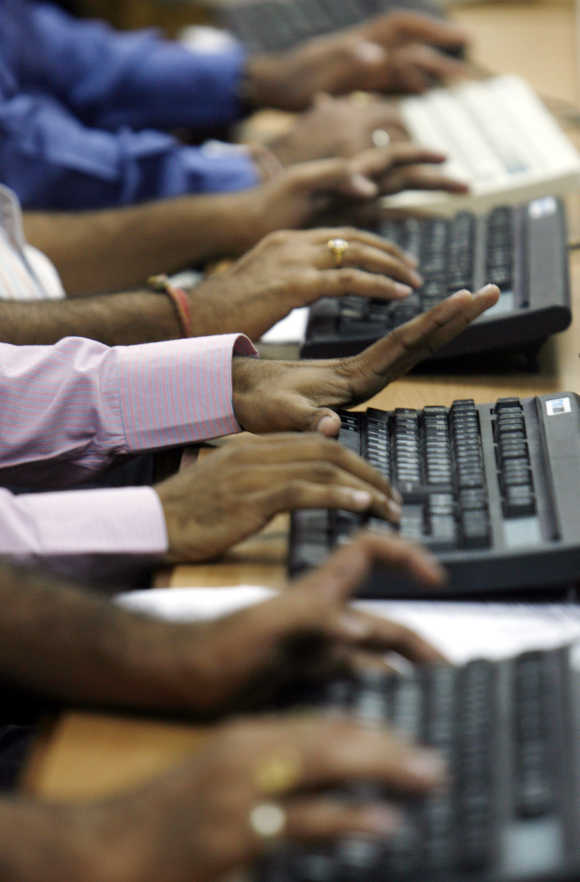
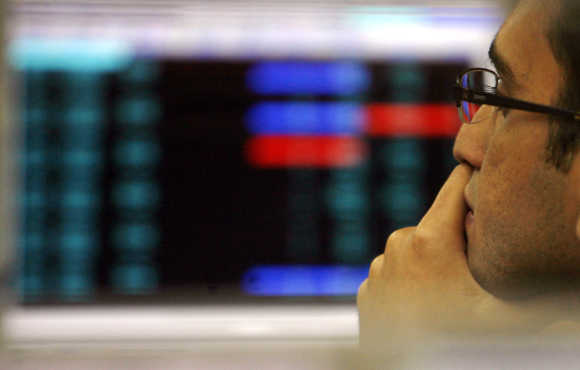

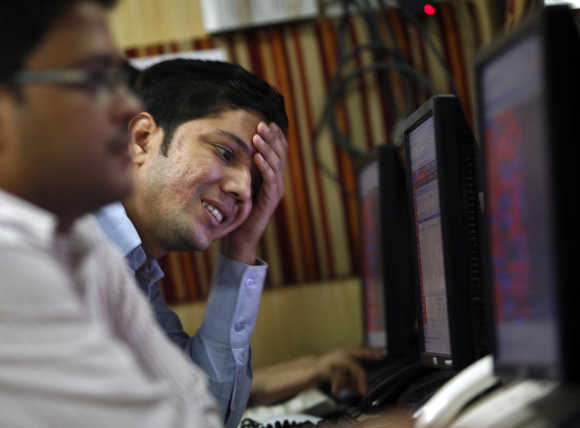
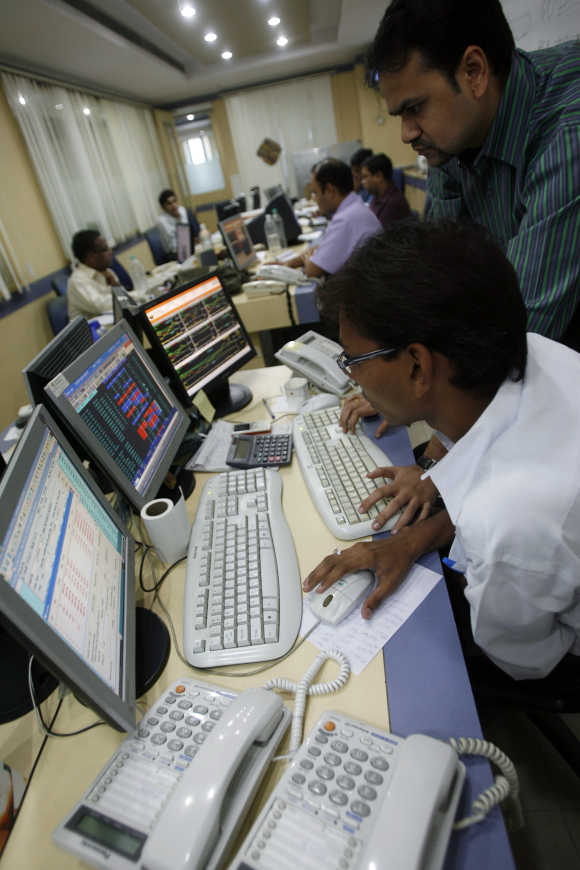
article